4-54 St. Clair’s Defeat, 1791 / Wayne’s Victory, 1794
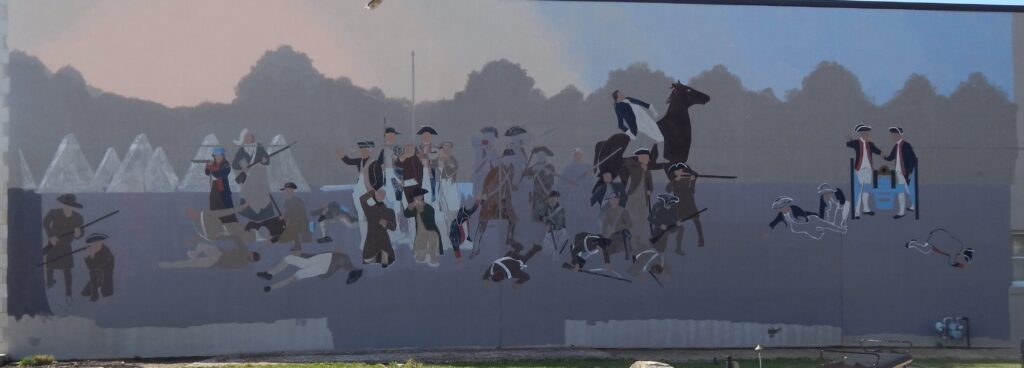
Native Americans inhabited and used much of the land in the Ohio valley as hunting grounds. As American settlers pushed west, conflicts resulted and attempts at peaceful settlement failed. Under political pressure, President George Washington resolved to subdue Indian resistance to American expansion in the Ohio country and appointed General Arthur St. Clair to lead […]
7-87 Army Lodge No. 24 Free and Accepted Masons
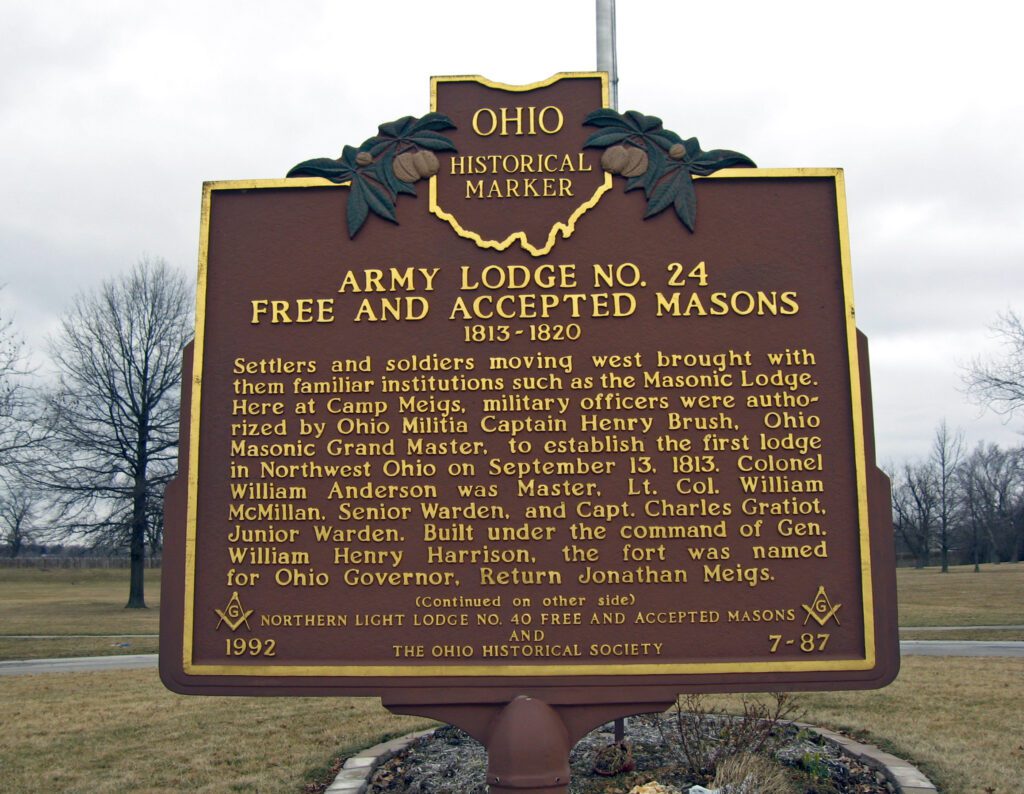
Settlers and soldiers moving west brought with them familiar institutions such as the Masonic Lodge. Here at Camp Meigs, military officers were authorized by Ohio Militia Captain Henry Brush, Ohio Masonic Grand Master, to establish the first lodge in Northwest Ohio on September 13, 1813. Colonel William Anderson was Master, Lt. Col. William McMillan, Senior […]
9-29 Galloway Hall
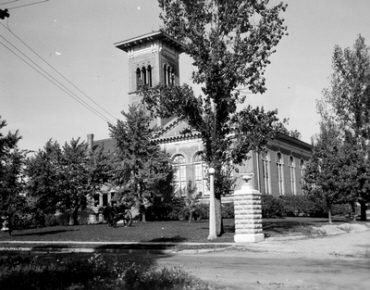
At the turn of the twentieth century, increased enrollment in the Combined Normal and Industrial Department at Wilberforce University (which later became Central State University) spurred construction of new teaching and dormitory facilities. Galloway Hall, which included an auditorium and a tower with chimes and a clock, was completed in 1906. Many famous personalities performed […]
9-50 Hopewell Furnace
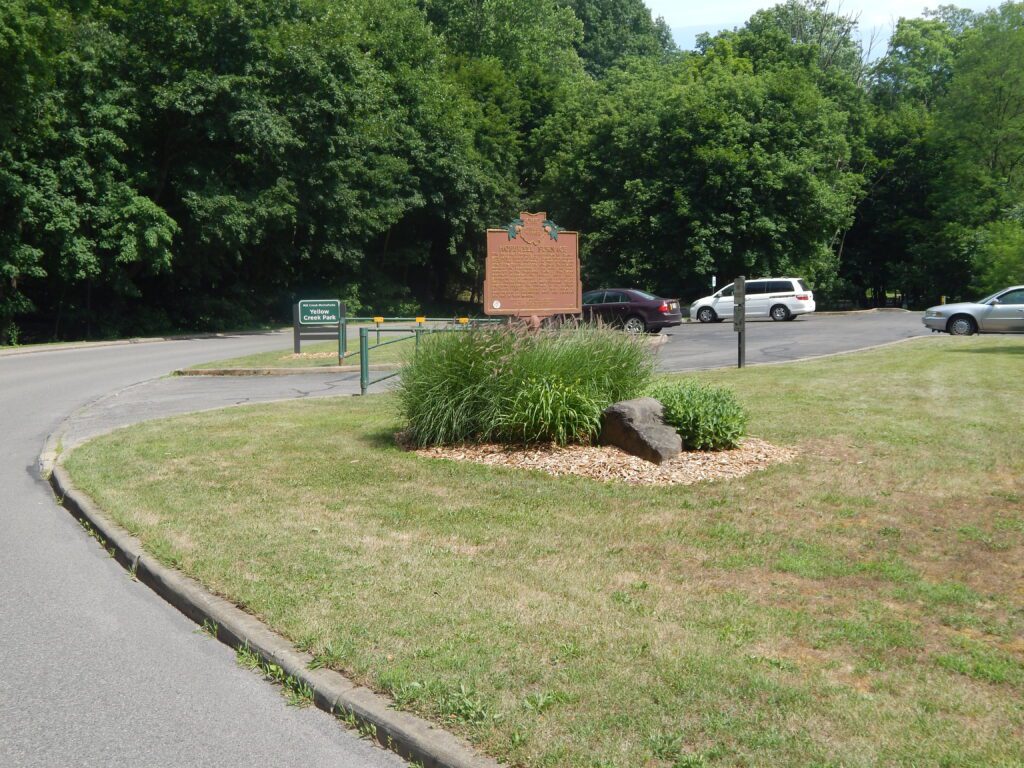
The Hopewell Furnace, constructed by Daniel and James Eaton in 1802, began operation in 1803. This blast furnace, the first in Ohio and one of the first west of the Allegheny Mountains, marked the beginning of the iron and steel industry in the Mahoning Valley. The Eaton brothers operated the furnace until 1808, producing approximately […]
9-6 Neil Armstrong’s Boyhood Home
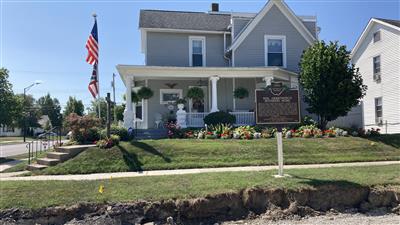
Stephen and Viola Armstrong moved their family, including 13-year-old Neil and his younger siblings, June and Dean, to the house at 601 West Benton Street in 1944. Here, Neil explored his fascination with flying by reading aviation magazines and building model airplanes. Neil completed flying lessons at nearby Port Koneta airport and earned his pilot’s […]
10-80 Union Township Civil War Monument
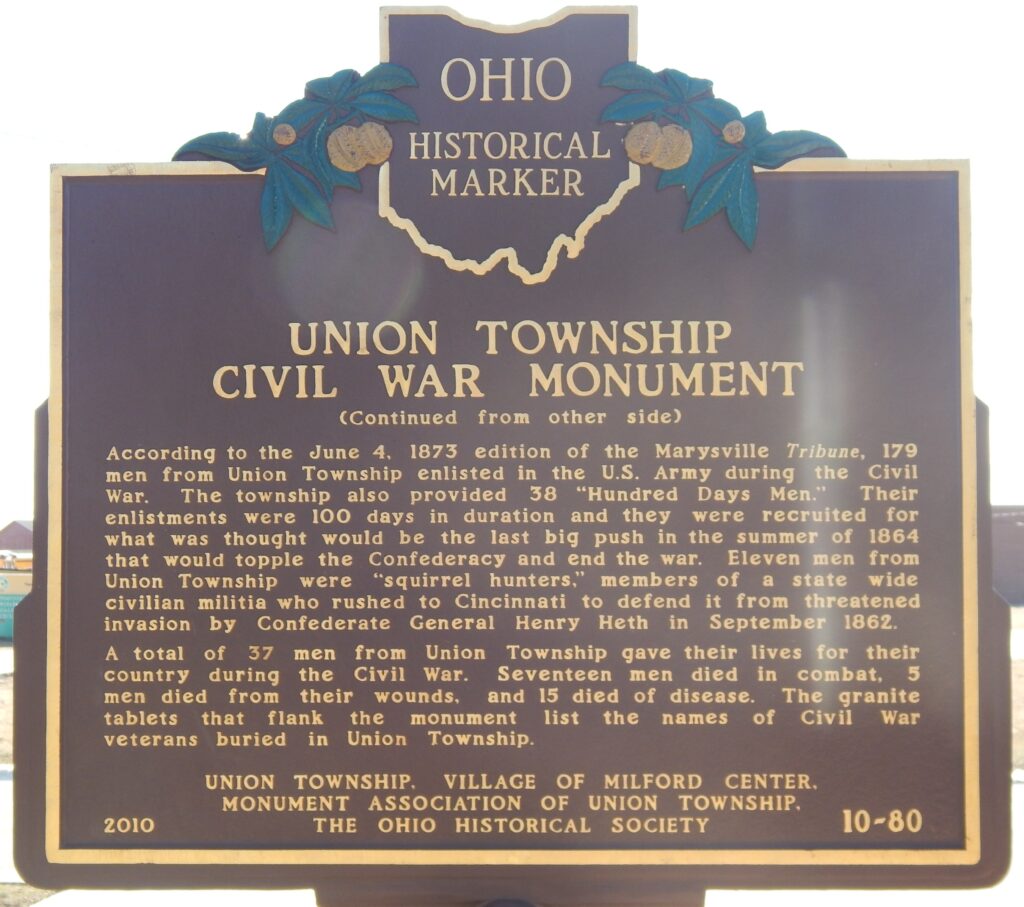
The following notice appeared in the Marysville Tribune newspaper, February 5, 1873: To Arms! To Arms! The Monument Association of Union Township propose holding a Fair and Festival in Milford Centre on Feb 20 and 21…the proceeds to be applied to the fund already raised to erect a Monument in memory of the fallen heroes […]
11-73 Theodore Roosevelt Game Preserve: Celebrating 100 Years of Conservation
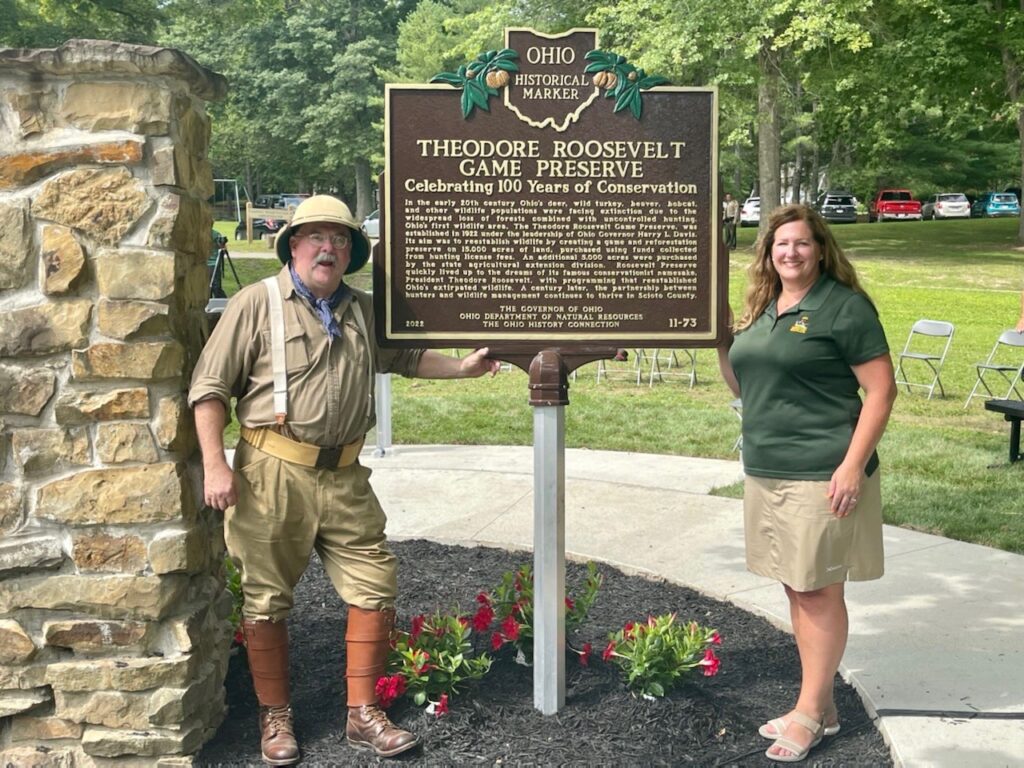
In the early 20th century Ohio’s deer, wild turkey, beaver, bobcat, and other wildlife populations were facing extinction due to the widespread loss of forests combined with uncontrolled hunting. Ohio’s first wildlife area, The Theodore Roosevelt Game Preserve, was established in 1922 under the leadership of Ohio Governor Harry L. Davis. Its aim was to […]
11-9 The Black (Pugh’s Mill) Covered Bridge
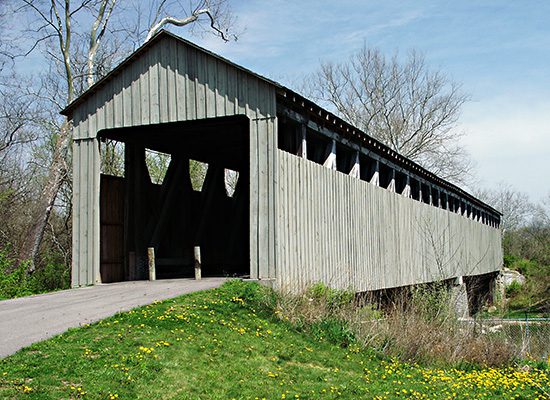
One of the few remaining covered bridges in southwestern Ohio and the only one in Butler County on its original site, this bridge was built in 1868-1869 to give access to a saw and grist mill owned by James B. Pugh on Four Mile (Tallawanda) Creek. The wooden frame three-story mill had a 16-foot overshot […]
11-55 Piqua’s Vietnam Home Front / William H. Pitsenbarger
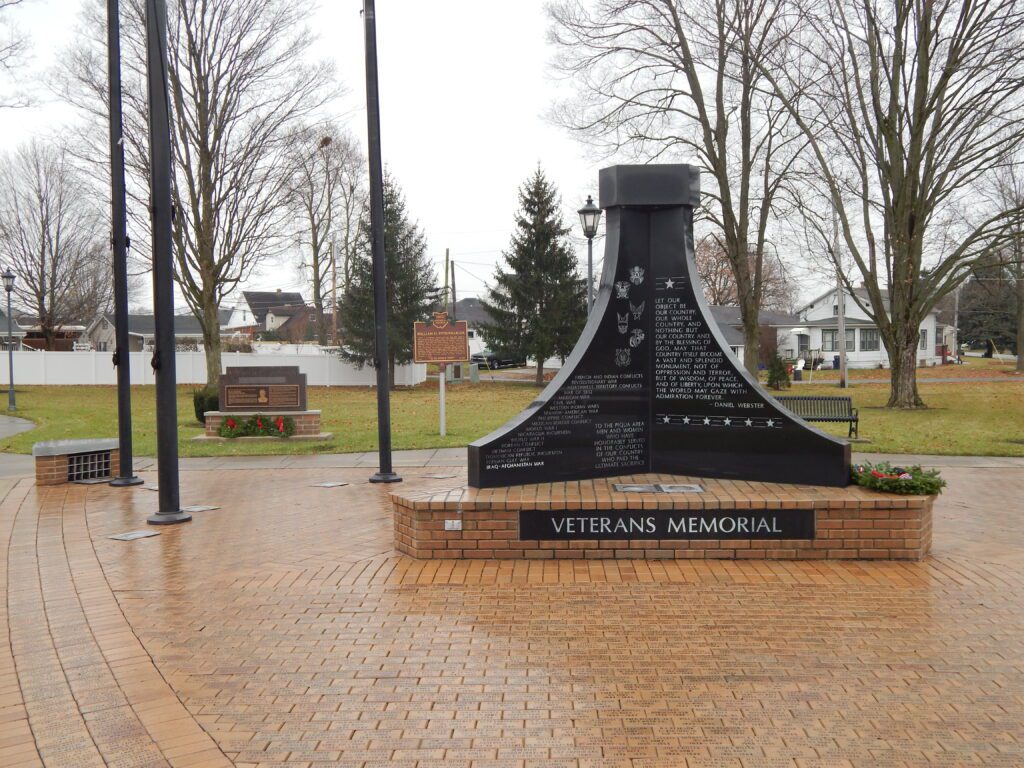
Local views on the Vietnam War mirrored national attitudes of pride and confusion. Piqua citizens participated in the “Letters for Life” campaign in 1970 for prisoners of war. Piqua Daily Call assistant news editor James W. DeWeese traveled to Paris in a frustrated attempt to deliver the letters to the Hanoi Peace delegation. The state […]
12-27 U.S. Army General Hospital
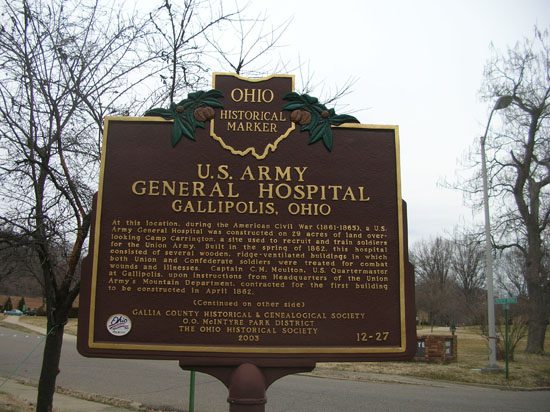
At this location, during the American Civil War (1861-1865), a U.S. Army General Hospital was constructed on 29 acres of land overlooking Camp Carrington, a site used to recruit and train soldiers for the Union Army. Built in the spring of 1862, this hospital consisted of several wooden, ridge-ventilated buildings in which both Union and […]
 Skip to content
Skip to content

